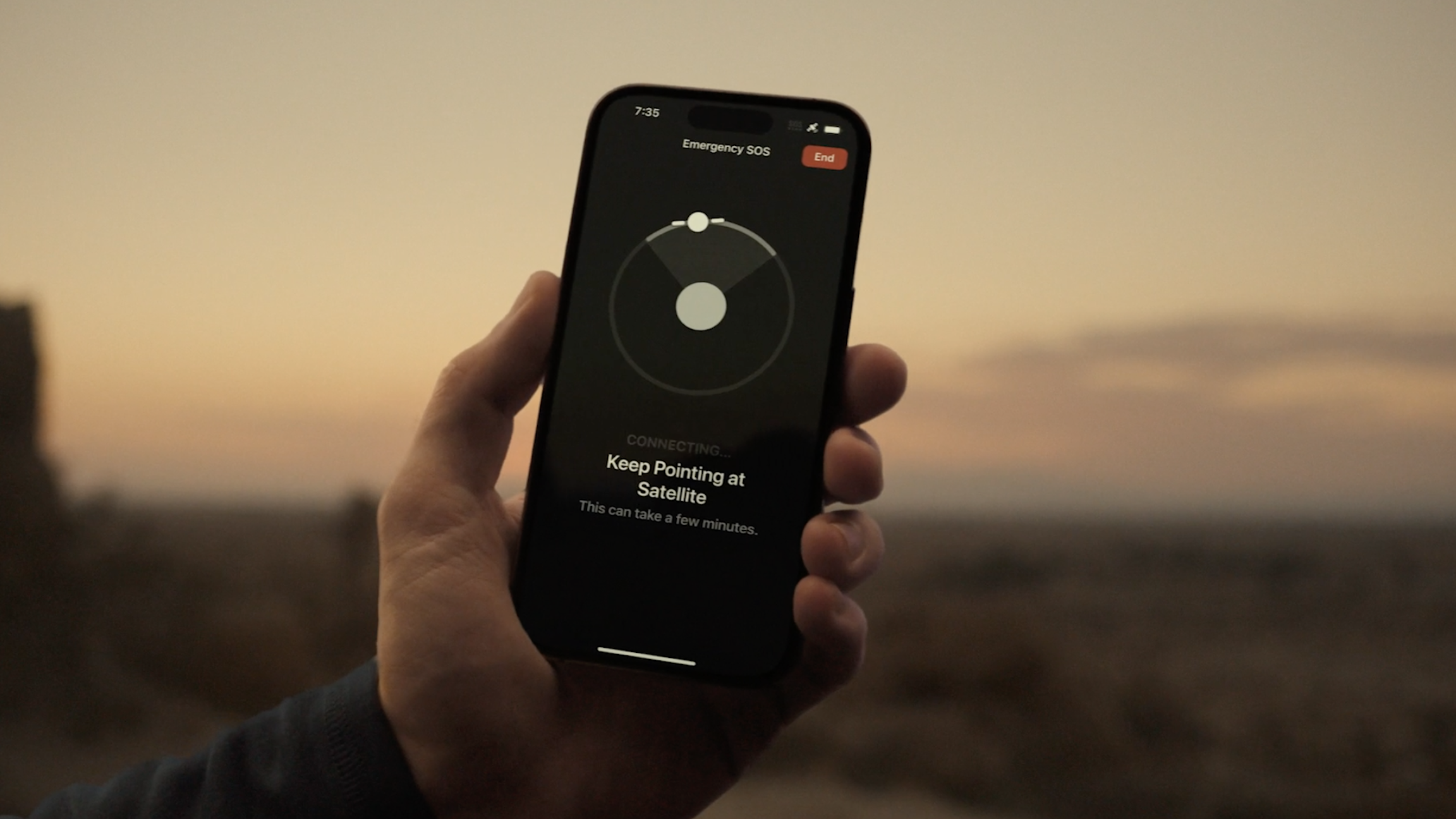
If you've ever found yourself unable to place a call, access data, or even send a text message with your iPhone and wished that true global coverage was a thing, you're going to love the work that Starlink is doing. CEO Elon Musk shared details of six new satellites that are now in orbit and are designed to make cellular dead zones a thing of the past.
As great as cellular coverage has gotten in recent years there are still plenty of places where you simply can't get a signal. That's something Apple is all to aware of and it's launched features to help keep people safe when they're out of range. But Starlink's work could help ensure that those features become obsolete thanks to Direct to Cell technology that will "further global connectivity and help to eliminate dead zones."
With six new satellites now circling the planet Starlink has taken another step forward, but Musk points out that while its current technology "is a great solution for locations with no cellular connectivity," it's still some way off being "meaningfully competitive" with more traditional options due to the relatively slow speeds.
Emergency connectivity
The news comes after SpaceX Shared a post on the X social network detailing its latest launch.
The six @Starlink satellites on this mission with Direct to Cell capability will further global connectivity and help to eliminate dead zones → https://t.co/FgiJ7LOYdK pic.twitter.com/zFy7SrpsYsJanuary 3, 2024
Musk quoted the post to add additional context, saying that the current offering "only supports ~7Mb per beam and the beams are very big," leading to the note that existing terrestrial cellular networks will continue to have the edge in terms of performance — but in terms of coverage, it's a different story.
Starlink first announced the Direct to Cell service back in 2022, and SpaceX is getting ready to test its service with 4G phones on T-Mobile across the United States before expanding to other countries later this year, The Verge notes. Text messaging will be enabled initially, but voice and data connections are expected to come online in 2025 as more satellites are put into orbit.
With more connectivity options available it will allow people to get the help they need in an emergency more easily, no matter which phone they happen to have on them
Apple's answer
Apple's answer to a lack of cellular connectivity has so far been via Globalstar's own satellites. Emergency SOS via Satellite has been around since the 2022 launch of the iPhone 14 and is also available on the iPhone 15 family of devices. It's a feature that has already proven capable of saving lives and it's one that Apple currently offers for free.
In the future, it's possible that Emergency SOS via Satellite won't be required if Starlink and SpaceX are able to replace its functionality with Direct to Cell technology.
Apple recently announced an additional feature called Roadside Assistance via Satellite that is designed to help people get help when their car breaks down even when they are outside of cellular service range. The feature is an iOS 17 addition and is available on all iPhone 14 and iPhone 15 models — you don't need to rush out and buy the best iPhone to get it, thankfully.
Whether or not Starlink eventually makes Apple's features obsolete ultimately doesn't matter — anything that can help people get the help they need it, when they need it most, is a feature everyone should be able to use no matter what iPhone — or Android phone — they own.






